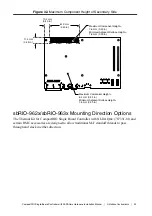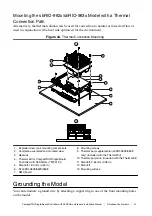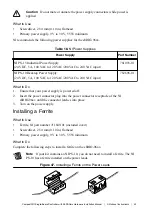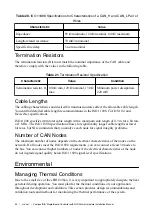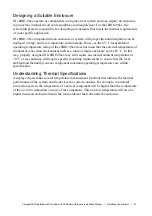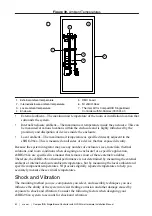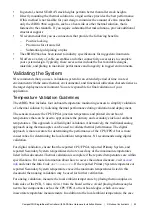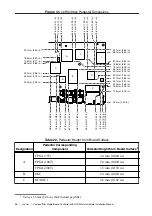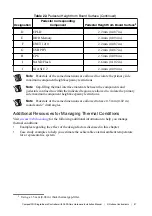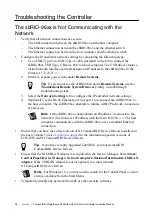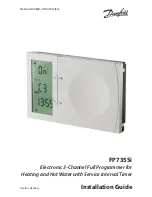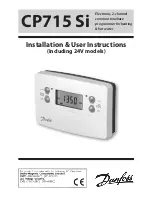
Table 20. ISO 11898 Specifications for Characteristics of a CAN_H and CAN_L Pair of
Wires
Characteristic
Value
Impedance
95 Ω minimum, 120 Ω nominal, 140 Ω maximum
Length-related resistance
70 mΩ/m nominal
Specific line delay
5 ns/m nominal
Termination Resistors
The termination resistors (Rt) must match the nominal impedance of the CAN cable and
therefore comply with the values in the following table.
Table 21. Termination Resistor Specification
Characteristic
Value
Condition
Termination resistor, R
t
100 Ω min, 120 Ω nominal, 130 Ω
max
Minimum power dissipation:
220 mW
Cable Lengths
The cabling characteristics and desired bit transmission rates affect the allowable cable length.
You can find detailed cable length recommendations in the ISO 11898, CiA DS 102, and
DeviceNet specifications.
ISO 11898 specifies 40 m total cable length with a maximum stub length of 0.3 m for a bit rate
of 1 Mb/s. The ISO 11898 specification allows for significantly longer cable lengths at lower
bit rates, but NI recommends that you analyze each node for signal integrity problems.
Number of CAN Nodes
The maximum number of nodes depends on the electrical characteristics of the nodes on the
network. If all nodes meet the ISO 11898 requirements, you can connect at least 30 nodes to
the bus. You can connect higher numbers of nodes if the electrical characteristics of the node
do not degrade signal quality below ISO 11898 signal level specifications.
Environmental
Managing Thermal Conditions
Due to the small size of the sbRIO-96xx, it is very important to appropriately dissipate the heat
generated during operation. You must plan for the thermal conditions of your application
throughout development and validation. This section provides design recommendations and
validation tools and methods for maximizing the thermal performance of the system.
50
|
ni.com
|
CompactRIO Single-Board Controller with NI-DAQmx Hardware Installation Manual




